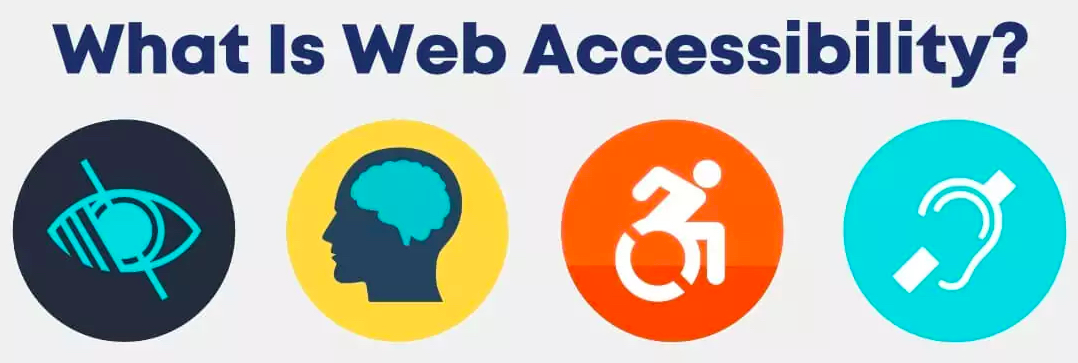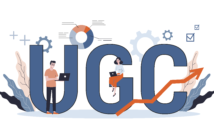Web accessibility is the practice of ensuring that websites and online content are designed and developed to be accessible to everyone, including people with disabilities. This means that people with visual, auditory, motor, and cognitive impairments can access and use your website. Accessibility is not only important to make your website inclusive, but also for compliance with legal requirements.
Why Web Accessibility Matters?
Web accessibility is essential because it ensures that people with disabilities can use and navigate websites without any barriers. Without accessible design and development, people with disabilities may not be able to use your website and can be excluded from important information and services. This can lead to a negative impact on your brand’s reputation and customer loyalty.
In addition, web accessibility is a legal requirement in many countries, including the United States, under the Americans with Disabilities Act (ADA) and the Web Content Accessibility Guidelines (WCAG) 2.1. Failure to comply with these guidelines can result in legal action against your business.
How to Ensure Your Website is Accessible for Everyone?
Here are some tips to ensure that your website is accessible for everyone:
- Use descriptive alt text for images: Provide descriptive text for images and other non-text elements to enable people using screen readers to understand the content.
- Provide clear and easy-to-understand content: Use plain language, short paragraphs, and simple sentences to make your content easy to understand for people with cognitive disabilities.
- Ensure color contrast: Use sufficient color contrast to make your website readable for people with low vision.
- Use proper heading structure: Use heading tags to structure your content in a logical manner, making it easier to navigate for people using assistive technologies.
- Ensure keyboard accessibility: Make sure that all website functions and features can be accessed using a keyboard, as some people may not be able to use a mouse.
- Test your website: Regularly test your website with accessibility tools and assistive technologies to ensure that it is fully accessible.
In conclusion, web accessibility is crucial to ensure that everyone can access and use your website. By following these tips, you can create an accessible website that is compliant with legal requirements and inclusive for all users.
Also Read: Top Website Audit Tools to Improve Your Online Presence




